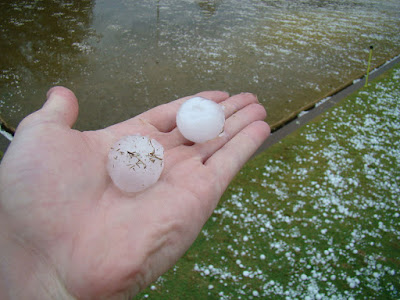HARANG-PIYO.
This is long forgotten dance of Tanii performed during Dree festival by demonstrating as agriculture pest/worm called TACHANG TIYO.
JAYO-BANNIING or MUCHU-PUDU(in Hong) or CHANKO-SUBU BAKA SIINIING.
(A kind of traditional game.)
KIILING-BASU
(A kind of game played by children along with singing a song .....
(A kind of game played by children along with singing a song .....
Biila yapyo pyo- pyo.
Hari yachu chu-chu.
BOHA BENNIING
(An acrobatic game on Babo which was integral part of Myoko till 35-40 years back and was not continued due to unknown reason,but it was revived in Hija Myoko i.e on march 2012 by efforts of our elders).
Gubu/Giibii Laka siiniing.
(This wrestling game is still very popular mainly in Dree festival celebration.)
Damin-Da or Daming Paniing.
Taku-Tamu or Tamu Lanniing
( A kind of joyful jokingly teasing girl or among gents in penii procession of Murung festival)
Gubu/Giibii Laka siiniing.
(This wrestling game is still very popular mainly in Dree festival celebration.)
Damin-Da or Daming Paniing.
( A dance performed by group of women during Dree festival of Apatani. "Damin-Da" means stepping of foot in joyful way. )
Hunyi Darka Siinniing.
(A kind of wresting using a 3 inches diameter wooden log or Bamboo)Taku-Tamu or Tamu Lanniing
( A kind of joyful jokingly teasing girl or among gents in penii procession of Murung festival)
Gangu : A mouth harp made of Bamboo.
Penn
(A procession that passes through all the seven villages of Ziro during "Murung Festival" in the month of January).
To be continue.....



..jpg)





.jpg)

























































